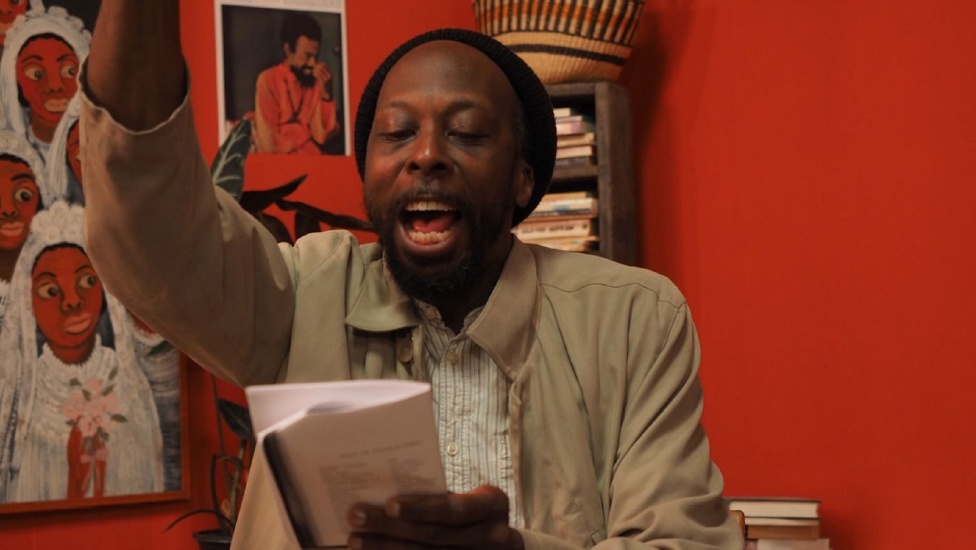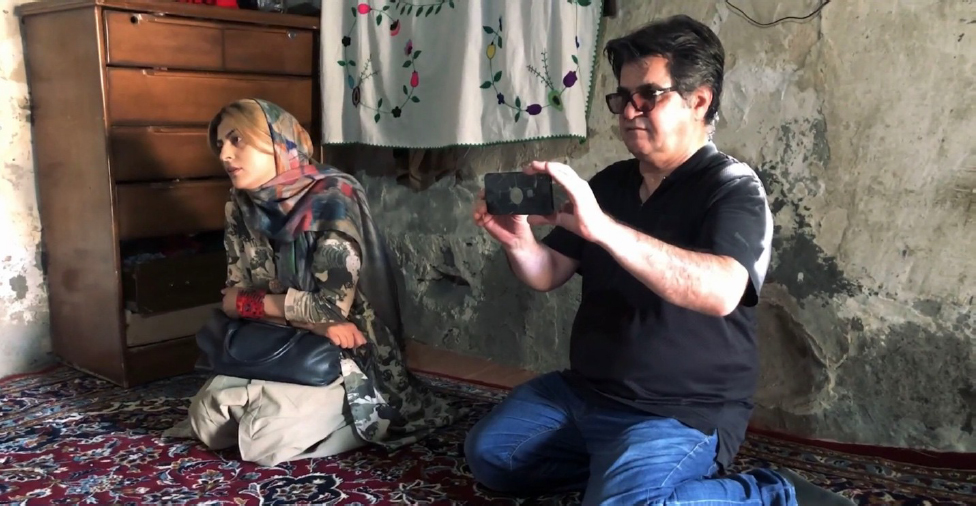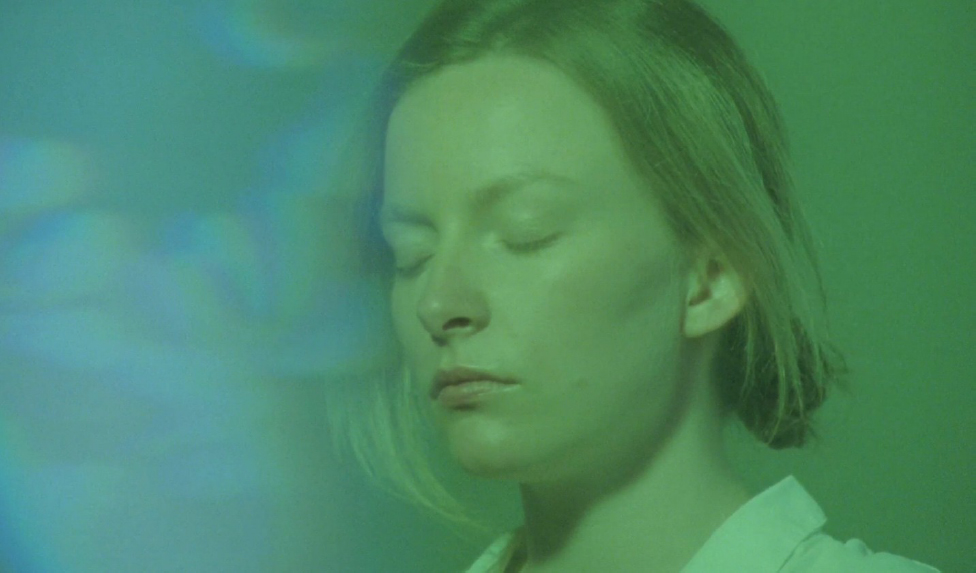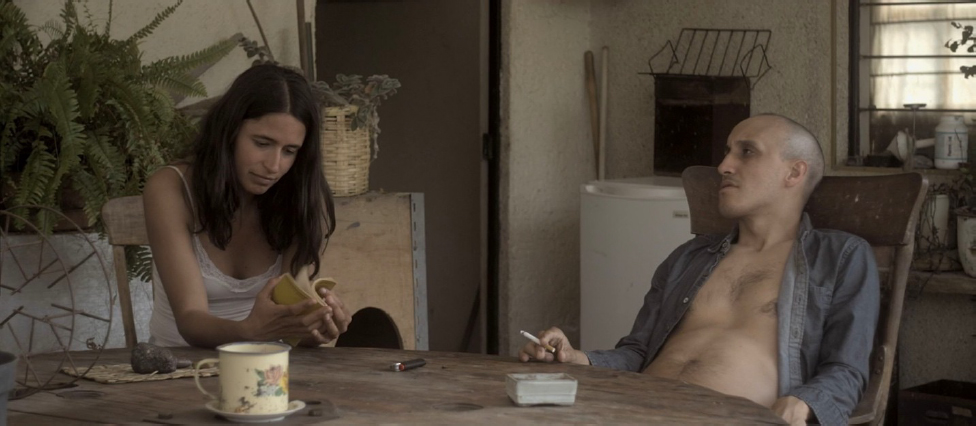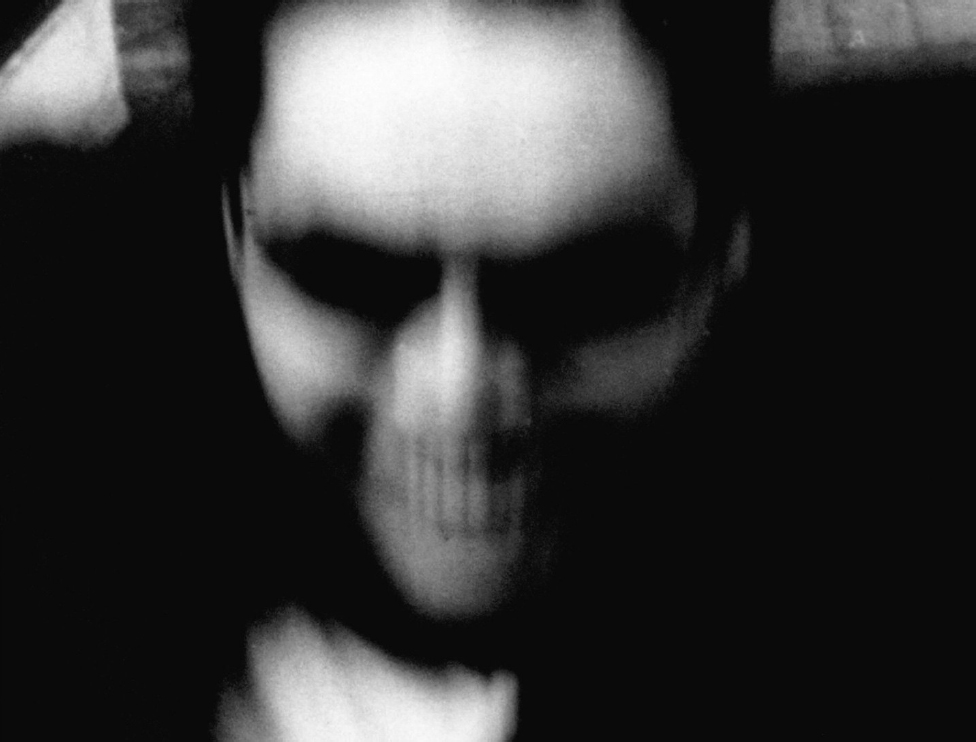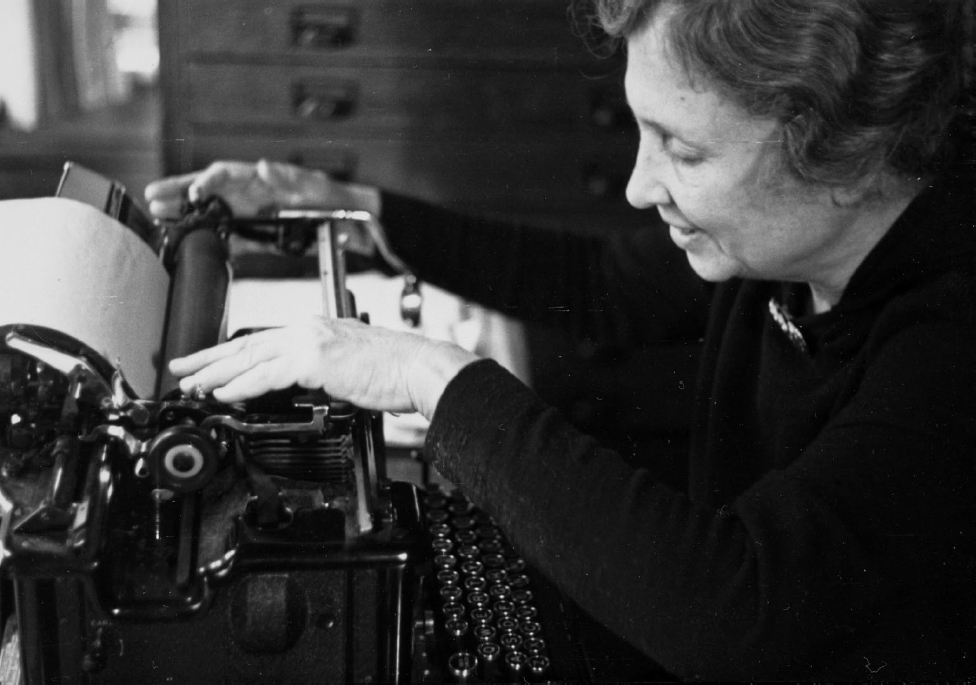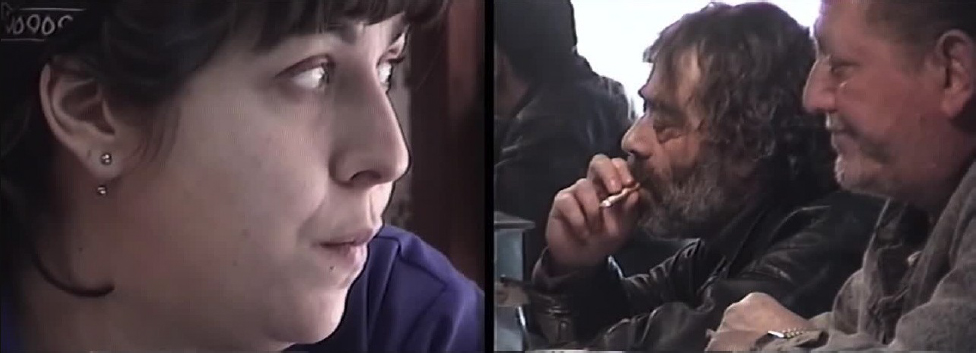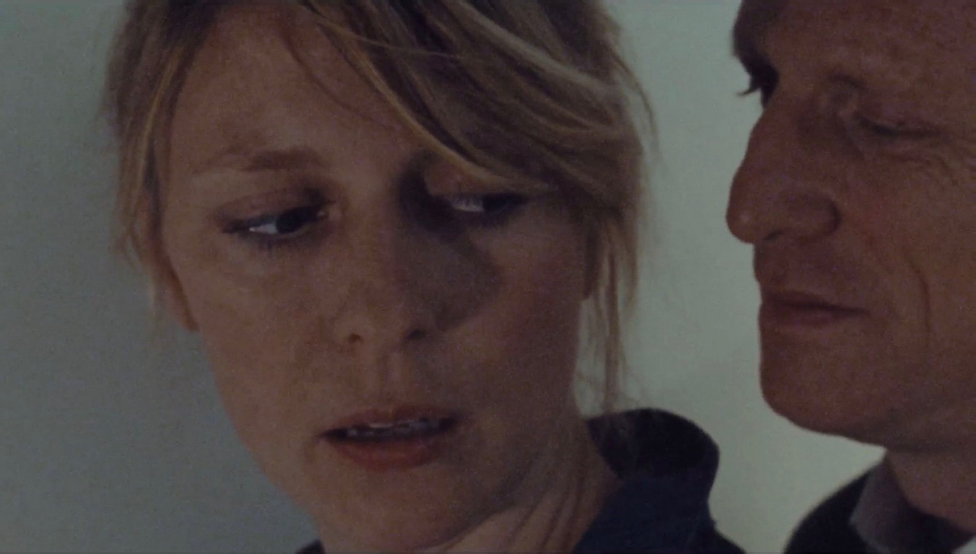Due to forces both out of its control and within its control, the 58th New York Film Festival (NYFF) (September 17 – October 11, 2020) was an edition in transition. As with many festivals around the world, the COVID-19 pandemic forced the event to pivot to a hybrid model of exhibition. Some films were presented at drive-in screenings in the Bronx, Brooklyn, and Queens. Meanwhile, the entirety of the program was shown on a virtual screening platform available across the country. That meant for this writer, I could watch films from my home in Oregon. In an age when the majority of movies shown at festivals either never get screened outside the festival circuit or beyond the urban centers of film culture, there was a unique pleasure to access films that are too often limited to too few. This gamble paid off: Attendance was up 9.15% from the previous year, resulting in over 70,000 virtual and drive-in attendees.1
Internally, the festival faced programmatic changes after its director Kent Jones stepped down the previous year to concentrate on filmmaking. The NYFF reorganized under the leadership of festival director Eugene Hernandez and director of programming Dennis Lim. It also shifted the curatorial work to a younger and more diverse team of programmers and advisors.2 If you want to understand a festival’s curatorial philosophy, a good place to begin is to look at the first year of new leadership and how the event structure is reinvented. So how was this year’s edition reimagined?
The festival’s Main Slate remained largely the same, serving as a snapshot of some of the year’s best releases. The previous Retrospective and Revivals sections were streamlined into a single Revivals, while the newly inaugurated Spotlight centered on sneak previews and special screenings. A more significant change was the creation of a new section, Currents, which was an expansion of NYFF’s prior experimental sidebars, first as Views from the Avant-Garde (1997–2013) and then Projections (2014–2019). Made up of 14 feature films and 8 shorts programs, Currents focused on experimental narratives and documentaries. This focus reflects a promising moment in film culture when more festivals are looking to the ways that cinema is continuing to develop new forms of expression. Whether at True/False, Cinéma du réel, or Art of the Real, more festivals are blurring the lines between fiction and non-fiction. Currents’ foregrounding of experimental features is also seen in broader festival trends, such as the importance of the avant-garde Wavelengths program at the Toronto International Film Festival, the vitality of the adventurous programming at the Locarno Film Festival, and the new Encounters section at the Berlinale.
The reasons for the proliferation of experimental documentaries and narrative features are best considered elsewhere. But it’s likely that this direction brings a sense of purpose to film festivals that operate under the mandate to remain relevant. Across a diverse range of films, which were by turns fresh, challenging, and frustrating, a few aesthetic trends emerged in the Currents program.
Hybridity
A handful of hybrid narrative films combined non-fiction with some form of reenactment, fabrication, or expressivity. These tactics were on display in The Inheritance, the opening film of the Currents section. An examination of Black collectivity and liberation, the film draws from director Ephraim Asili’s activist experience in Philadelphia. The 16mm-shot feature presents its fictional mode with studio-shot scenes of young Black folks striving to establish a communal home. These staged scenes find a parallel in archival footage of MOVE, a Black separatist collective in West Philadelphia that was bombed by police in 1985, killing 11 individuals. The film’s most exciting moments arrive when it inserts the real elders of MOVE into the scripted realm, where they teach the fictional collective about the history of collectivism. Asili populates the movie with references to Black culture that have politicized his characters: books, artwork, and records like Max Roach’s civil rights-inflected We Insist! (1960). But the primary point of reference is Jean-Luc Godard’s La Chinoise (1967), about a Maoist terrorist group, which Asili’s film alludes to through its plot, color scheme, and, most overtly, a movie poster. However, the film’s dialogue with La Chinoise is less revelatory than its debt to the revolutionary act of montage and the contrasting of past/present and fact/fiction to reveal that one key to Black collectivism is the inheritance of collective Black experience.
A different sort of hybridity is demonstrated in Ouvertures, an exploration of the Haitian revolutionary Toussaint L’Ouverture. The film is created by the Living and the Dead Ensemble, which is made up of artists and performers from Haiti and Europe. Inspired by the Haitian literary movement of Spiralism, the film uses a layered mix of documentary and reenactments to relay the life of L’Ouverture, told in three acts. Act I begins with a Haitian researcher who investigates L’Ouverture at a prison in the Jura Mountains of France, where the revolutionary died in solitary confinement. Act II takes us to Haiti, where a group of actors rehearse the Édouard Glissant play Monsieur Toussaint, which recounts the last days of L’Ouverture’s life in prison. This is the film’s most lucid and engrossing section, coming off like a behind-the-scenes documentary. Finally, Act III sees the same acting troupe debating the play and Haitian identity. As the film pays tribute to L’Ouverture, it captures how performance, whether in the form of theater or music, can be a small revolutionary act in itself.
The interaction of fact and fiction could be found in some of Currents’ best shorts, too. One of the masters of the hybrid style has been Jafar Panahi, who has been committed to blurring the lines between reality and scripted scenes out of political necessity since he was placed under house arrest about a decade ago. In his newest film, Hidden, Panahi and his daughter meet up with a theater producer friend and travel to a small Kurdish village to track down a gifted singer whose family won’t allow her to perform in public. The film unfolds like a low-key detective story with a nice bit of suspense. The hunt for the singer eventually pays off when the trio is treated to her shrouded performance, which is a showstopper.
In another short, Point and Line to Plane, Canadian director Sofia Bohdanowicz copes with the death of a friend by having her regular collaborator, actor Deragh Campbell, serve as an alter ego. Shot on her 16mm Bolex camera, Bohdanowicz chronicles her journey from New York to Vienna and St. Petersburg as she searches for signs in her daily life that can help her make sense of the tragedy. She also looks to art for meaningful connections to her late friend. She considers the work of Wassily Kandinksy, whose book of art theory gives the film its title. She tries to attend a Hilma af Klint exhibition at the Guggenheim, but she mistakes the date of the opening and can only capture the artwork from a distance as it’s being installed. Like the work of these artists, Bohdanowicz brings to the fore the seemingly invisible to give shape to her grief. The result is at once melancholic and whimsical.
The hybrid mode of film practice extended to the festival’s Main Slate, where the mix of fact and fiction was no less striking. In Tsai Ming-liang’s moving Days, the filmmaker constructs staged scenarios to capture his perennial actor Lee Kang-sheng’s real-life recovery from a stroke and his encounter with an actual immigrant sex worker. Heidi Ewing’s I Carry You with Me relates the true story of two gay Mexican immigrants by moving from fictional reenactments of the couple’s past in Mexico to present-day documentary footage in New York City. NYFF’s centerpiece film, Nomadland, finds director Chloé Zhao in her regular mode of mixing real people and fictionalized scenes. This mix is anchored by Frances McDormand’s performance as a widowed seasonal worker who interacts with real-life nomads whose scripted roles are based on the nonfiction book by Jessica Bruder. Across all these films, the hybrid mode imbues the stories with an emotional authenticity.
Segmentation
Another narrative strategy that some films in the Currents programs took was a segmented approach to story. Traditionally, experimental filmmakers have often worked in the short film format. But here, experimentally-oriented filmmakers extended their narratives to feature length by splitting them into large episodic segments. One filmmaker who has repeatedly explored this method is Mexican-Canadian director Nicolás Pereda. In Fauna, Pereda bifurcates his plot. In the first half, a brother and his actor sister travel to a small town to visit their parents. They are joined by the sister’s boyfriend, who is an actor as well and has a small role in a narco television show. When the brother recounts to his sister the pulpy novel that he’s reading, Fauna fractures and recreates the book’s plot, moving from realism into an abstracted narco telenovela set around a stark motel. The overall movie has a dreamlike logic to it: Characters and details from the first part of the film materialize in the second part but in different shapes. Assembling his regular troupe of actors, Pereda devises a film about acting: Characters who are actors, actors who perform for each other, and then actors who play multiple characters. It produces a refracted effect that reveals the artifice of media archetypes.
Bifurcation is also a key feature of The Tango of the Widower and Its Distorting Mirror, which premiered at the 2020 Berlinale.3 The late Raúl Ruiz originally shot this feature debut in 1967, but it remained unfinished. The film reels were recovered in an old movie theater in Santiago de Chile, but they had no soundtrack. So, Ruiz’s widow Valeria Sarmiento added score, a new second half, and dialogue with the help of lip readers. In the film’s first half, a professor is haunted by the specter of his late wife. In the second half, we see the same events take place except in reverse. As the movie unwinds backwards, a voice-over from beyond the grave reacts to the rewound images. Curiously, the two segments reflect art cinema trends of their respective eras. The first half feels like a postwar art film shaped by subjective realism and the Theater of the Absurd. The second half feels more like a contemporary art film invested in slowness and perceptual play. Taken together, the two halves stand as Sarmiento’s moving tribute to Ruiz and a heroic rescuing of forgotten material.
One more movie that segments its narrative is Argentine filmmaker Nicolás Zukerfeld’s There Are Not Thirty-Six Ways of Shooting a Man Getting on a Horse. The first part comes off like a compilation video essay of Raoul Walsh films with edited scenes linked by visual motifs such as storms, funerals, and characters mounting horses. Sometimes the links are tenuous, other times they generate interesting parallels. The second half plays out like a detective work of film historiography. A voice-over tells the tale of a professor who is investigating the origin of a quote from Walsh, who reportedly said that they are not thirty-six different ways of filming a man climbing on to a horse. Variations of the quote emerged over time. A 1961 issue of Variety quoted Walsh: “There’s only one way to show a guy coming into a room. You don’t have to shoot it five ways.” The various quotes highlight the ritualistic nature of action in Hollywood cinema, which is the subject of the film’s first part. While the two segments don’t make the most elegant pairing, the detective story elevates the video essay format into a work of historical speculation.
Juxtaposition
The segmentation option offers filmmakers a broad means of organizing narrative structure. A more fine-grained technique is the way that other filmmakers in the Currents program built out their narratives by juxtaposing images, words, shots, and scenes. The most common use of juxtaposition was in the mix of text and image, which appeared in Her Socialist Smile, an essay film about the activist work of Helen Keller. Filmmaker John Gianvito takes up the challenge of how to recreate Keller’s speeches when there is little record of them. The film’s solution is to combine onscreen text from her speeches, voice-over delivered by poet Carolyn Forché, and scenes of nature, which serve as a nod to Keller’s love of the outdoors. Together, the text and images are illuminating, exposing Keller’s activism, from her advocacy of Socialism to her anti-war stance. Many of her views, like her opposition to corporate influence on the government, would not be out of place in today’s progressive circles. Ultimately, this is a movie about Keller’s energetic mind and her bold inner and outer voice.
In My Mexican Bretzel, the juxtaposition of text and image is seen in the inventive reuse of a couple’s home movies, which are reappropriated through subtitles. In the images, we see Swiss couple Vivian and Léon enjoying global travels and leisure-time activities. But in the subtitles, which seem to loosely draw from Vivian’s diaries, there are hints of something darker afoot, as we learn about the couple’s marital struggles. The home movies actually come from Spanish filmmaker’s Nuria Giménez’s own grandparents, and the combination of text and image provides an imagined family history. Since her grandfather seems to have shot most of the footage, the text serves as a contrapuntal female voice. The juxtaposition also brings to mind the film’s opening quote: “Lies are just another way of telling the truth.”
In the documentary The Year of Discovery, filmmaker Luis López Carrasco uses split screen to juxtapose conversations inside a snack bar in the Spanish port town of Cartagena. The footage is recent, but the film’s focus is on the pivotal year of 1992, when Spain celebrated the quincentennial of Columbus’s arrival in the Americas with the Universal Exposition in Sevilla and the Barcelona Olympics. This period also witnessed strikes in Cartagena by workers who protested a series of closures and layoffs in the area’s major industries. Shot on Hi-8 video, López Carrasco uses split screen to record the workers’ conversations, in which different generations recall the labor uprising and its repercussions. The filmmaker devises felicitous juxtapositions with archival footage of labor riots, old news reports, and vintage TV commercials. With a running time of over three hours, this is a sprawling work of collective memory of a time of de-industrialization and globalization, which would have a lasting impact on Cartagena and workers around the world.
In Joe DeNardo and Paul Felten’s Slow Machine, juxtaposition becomes a way to build a kaleidoscopic portrait of a woman (played by theater performer Stephanie Hayes) who cycles through different identities. The past, in which the woman is a struggling Swedish actor, is contrasted with the present, in which she’s now a Southern woman in hiding. A jump into the future reveals that the woman is now a successful actor with a family. Some of these switches may be evidence of the film’s production, which took over three years to make. But the net effect gives rise to an odd thriller about performance and slippery identities, rendered in a lively mix of grainy 16mm cinematography and experimental editing transitions. Slow Machine evokes the offbeat work of New York underground filmmakers—the movies of Sara Driver and Ronald Bronstein come to mind—yet it remains a singular film.
The Future of Streaming Film Festivals
To stream at home this kind of work is an unexpected boon for film culture in the age of COVID-19. One of the challenges that festivals have long faced is how to connect films that may never receive commercial distribution with a wider audience. The shift to streaming festivals holds a promise of expanding an audience beyond cultural centers like New York City. This move seems especially important for the prospect of films that are challenging movie conventions. Nevertheless, in-person experiences will likely remain vital to film festivals. So, it was moving to witness even from afar the way the New York Film Festival has persevered in the face of the pandemic not only by creating virtual programs but also by holding drive-in screenings. The history of cinema has always been defined by responses to various crises. Film festivals’ ability to adapt to this current crisis is just one more example.
Author Biography
Daniel Gómez Steinhart is Associate Professor of Cinema Studies at the University of Oregon. He is author of Runaway Hollywood: Internationalizing Postwar Production and Location Shooting.
Notes
- “58th New York Film Festival Among the Most Attended Editions in Film at Lincoln Center History.” https://www.filmlinc.org/nyff2020/daily/58th-new-york-film-festival-among-the-most-attended-editions-in-film-at-lincoln-center-history/. Accessed 1/13/21. ⮭
- “Film at Lincoln Center Unveils New Structure and Programming Team for New York Film Festival.” https://www.filmlinc.org/nyff2020/daily/film-at-lincoln-center-unveils-new-structure-and-programming-team-for-new-york-film-festival/. Accessed 1/13/21. ⮭
- Gerd Gemünden reviews the film in “Brave New Beginnings: The 70th Berlin Film Festival,” Film Criticism 44 no. 3 (2020). https://quod.lib.umich.edu/f/fc/13761232.0044.303?view=text;rgn=main. Accessed 1/13/21. ⮭

